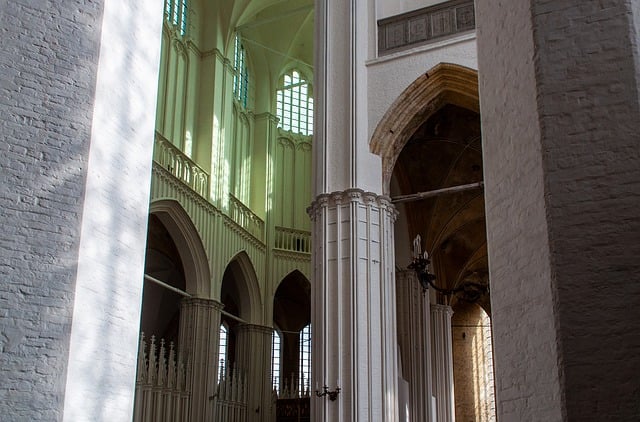Designing Sustainable Structures: Energy Considerations in Architecture
As we continue to confront the challenges posed by climate change and the urgent need for sustainable living, the role of architecture has never been more critical. Architects, builders, and homeowners alike are called to rethink traditional design practices, placing a strong emphasis on energy considerations in order to create structures that benefit both the environment and the communities that inhabit them.
The Importance of Energy Efficiency
One of the primary goals in contemporary architecture is achieving energy efficiency. By minimizing energy consumption, we not only reduce our carbon footprint but also create more cost-effective solutions for homeowners. When designing a building, architects must take into account various energy considerations that influence the overall energy performance of structures.
Passive Design Strategies
Utilizing passive design strategies is one effective way to enhance energy performance. This involves orienting buildings to take advantage of natural sunlight and ventilation, which can significantly reduce the need for heating and cooling systems. For example, large windows placed strategically can allow for abundant natural light while minimizing energy-intensive artificial lighting.
Material Selection
Another crucial aspect of energy considerations is the selection of sustainable materials. Choosing locally sourced, recycled, or rapidly renewable materials reduces the energy expended in transportation and production. Furthermore, materials with high thermal mass can store heat during the day and release it at night, helping to regulate indoor temperatures without extensive mechanical heating or cooling.
Renewable Energy Integration
Integrating renewable energy sources into building designs is also essential. Solar panels, wind turbines, and geothermal systems can drastically cut energy costs and reliance on fossil fuels. An architect’s role in ensuring efficient integration of these technologies is paramount. During the design phase, careful planning can maximize the potential of these renewable resources while ensuring aesthetic coherence within the structure.
Smart Technologies in Architecture
The advancement of smart technologies has opened up new possibilities for architecture. Incorporating smart building systems can monitor and control energy use in real-time, adjusting lighting, heating, and cooling based on occupancy and preferences. These systems enhance the sustainability of buildings while also providing comfort to residents.
The Role of Community and Collaboration
Architects cannot work in isolation when it comes to creating sustainable structures. Collaboration with engineers, urban planners, and the community is essential to address local energy needs and environmental concerns. Engaging with the community ensures that designs reflect local culture and climate while meeting their specific energy requirements.
As we navigate the complexities of modern architecture, the emphasis on energy considerations is crucial to the creation of sustainable buildings that not only stand the test of time but also support the health of our planet. By embracing innovative design practices, we can contribute to a more sustainable future, one structure at a time.




